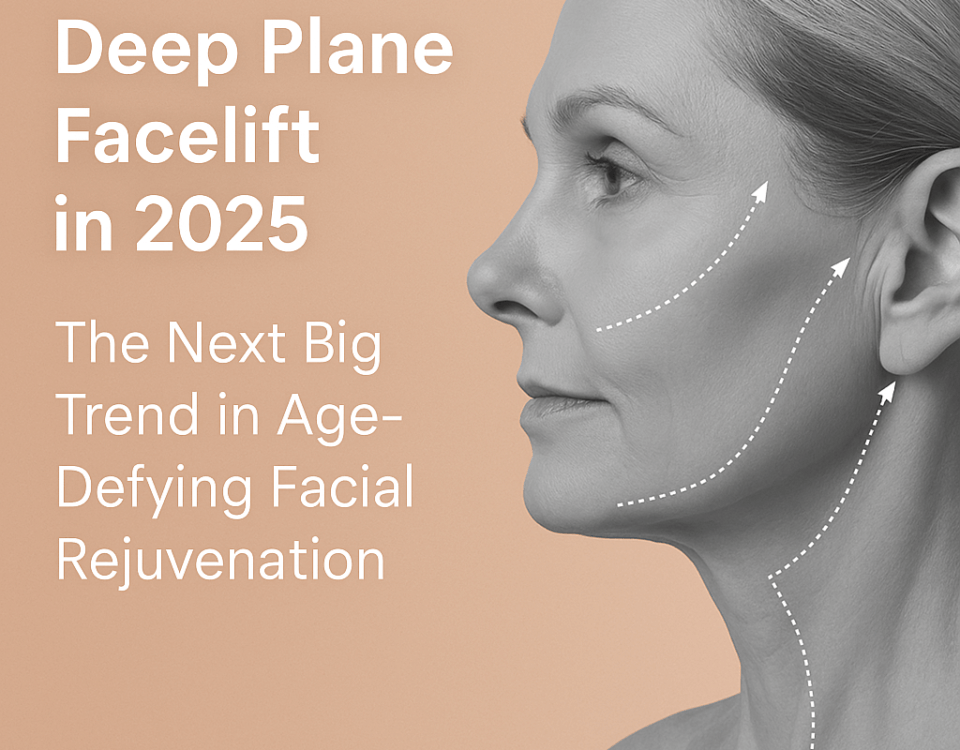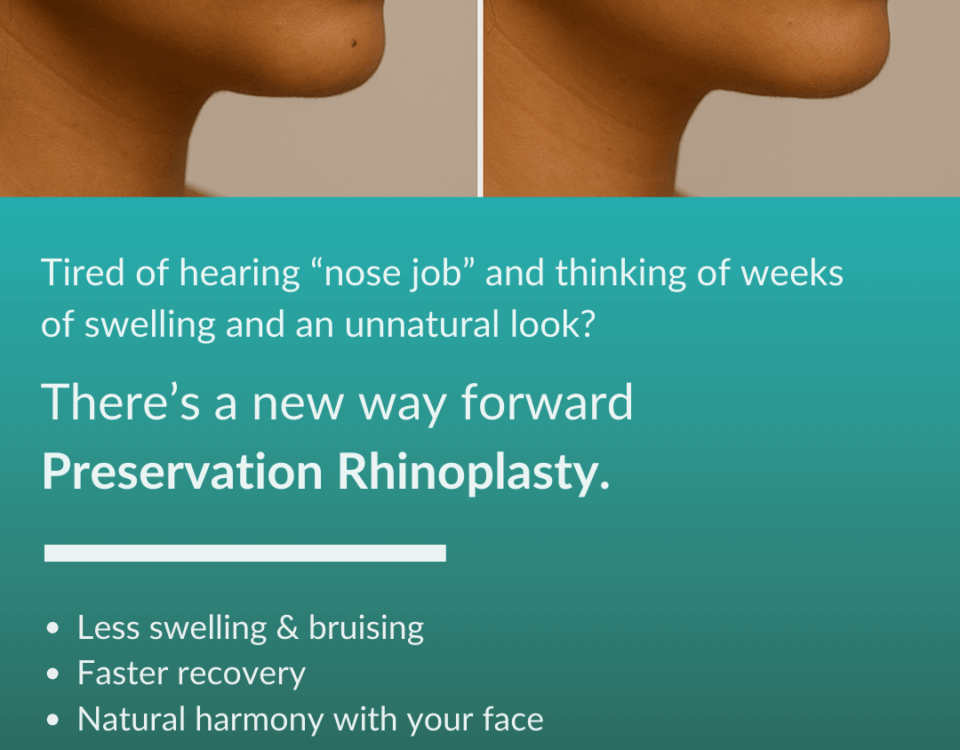Uncategorized
Facial aesthetics are evolving rapidly, and 2025 is shaping up to be the year of natural, long-lasting rejuvenation. One procedure that is gaining global popularity — and is predicted to dominate the cosmetic world — is the Deep Plane Facelift. Unlike traditional facelifts that only tighten the skin, this advanced technique repositions deeper facial layers, delivering a youthful yet completely natural look.
In this blog, we explore why Deep Plane Facelift is becoming a top request, how it works, who it is ideal for, and what results patients can expect.
What Is a Deep Plane Facelift?
A Deep Plane Facelift focuses on correcting aging at its root cause — the drooping of deeper facial structures. Instead of pulling the skin tight, the surgeon works beneath the SMAS (Superficial Musculoaponeurotic System) layer and lifts:
- The midface (cheek region)
- Nasolabial folds
- Jawline
- Lower face
By releasing and repositioning the deeper ligaments and tissues, the result looks more youthful, soft, and natural — without signs of tension or “pulled skin.”
Why Deep Plane Facelift Is the Biggest Trend of 2025
1. Natural-Looking Results
Patients today want subtle enhancement. The deep plane technique lifts tissues where they originally were, restoring natural contours without the “windswept” appearance.
2. Longer-Lasting Outcome
Deep structural repositioning can offer results that last 10–15 years, significantly longer than traditional facelifts.
3. Improved Midface Volumization
Unlike classic facelifts that mainly target jawline tightening, deep plane techniques also rejuvenate the cheeks — reducing the need for fillers.
4. Enhanced Neck & Jawline Definition
By lifting deeper tissues, this approach offers sharper, more youthful jawlines and improved neck contours.
5. Ideal for Younger Patients (Early 40s–50s)
Early aging signs such as jowls, midface drooping, and smile lines respond exceptionally well, making this a preferred choice for modern patients.
6. Shorter Recovery With Advanced Techniques
With refined surgical methods and enhanced post-care, patients recover faster and return to work sooner.
How a Deep Plane Facelift Works: Step-by-Step
- Careful pre-operative assessment of facial muscles, ligaments, and aging patterns
- Strategic incisions hidden around the ears and hairline
- Release of deep ligaments that cause sagging
- Repositioning of the SMAS and deeper structures
- Natural-volume restoration of cheeks and midface
- Neck rejuvenation for comprehensive anti-aging
- Layered closure for minimal visibility
The result is a refreshed face that still looks uniquely yours.
Who Is the Ideal Candidate for a Deep Plane Facelift?
This procedure is suitable for:
- Individuals aged 40–65 years
- Patients noticing sagging cheeks, jawline softening, and deep smile lines
- People looking for long-lasting results
- Those who want a natural enhancement rather than a drastic change
- Patients who’ve had fillers for years and now want a permanent solution
Expected Results
- Sharper, youthful jawline
- Elevated cheeks and midface
- Softer nasolabial folds
- Smoother neck and lower face
- Completely natural, non-pulled appearance
- Restored facial harmony and balance
Deep Plane Facelift vs. Traditional Facelift
| Feature | Deep Plane Facelift | Traditional Facelift |
|---|---|---|
| Depth | Works below SMAS | Tightens skin + SMAS |
| Result | Natural, soft, youthful | Sometimes tight or pulled |
| Longevity | 10–15 years | 5–7 years |
| Midface Lift | Yes | Limited |
| Recovery | Faster | Moderate |
| Volume Restoration | Built-in | Requires fillers |
Recovery & Downtime
Most patients experience:
- 1–2 weeks of swelling
- Minimal bruising
- Return to regular routine in 10–14 days
- Final results visible in 8–12 weeks
Following the surgeon’s aftercare guidelines ensures smooth healing.
Why Deep Plane Facelift Will Be the Trend to Watch in 2025
With a growing demand for subtle, long-lasting transformations and the shift away from overfilled faces, the deep plane approach delivers precisely what modern patients want — structural rejuvenation, longevity, and natural beauty.
As social media awareness grows and more celebrities openly discuss rejuvenation treatments, this technique is set to become one of the most searched and most requested anti-aging procedures next year.
Conclusion
The Deep Plane Facelift represents the future of facial rejuvenation — a powerful blend of science, precision, and artistry. For anyone looking for long-lasting youthfulness without looking “done,” this procedure is fast becoming the gold standard.
If you are planning your next blog for Dr. Tushar Thorat, this topic fits perfectly into the 2025 trend series and builds authority in advanced facial surgery techniques.



